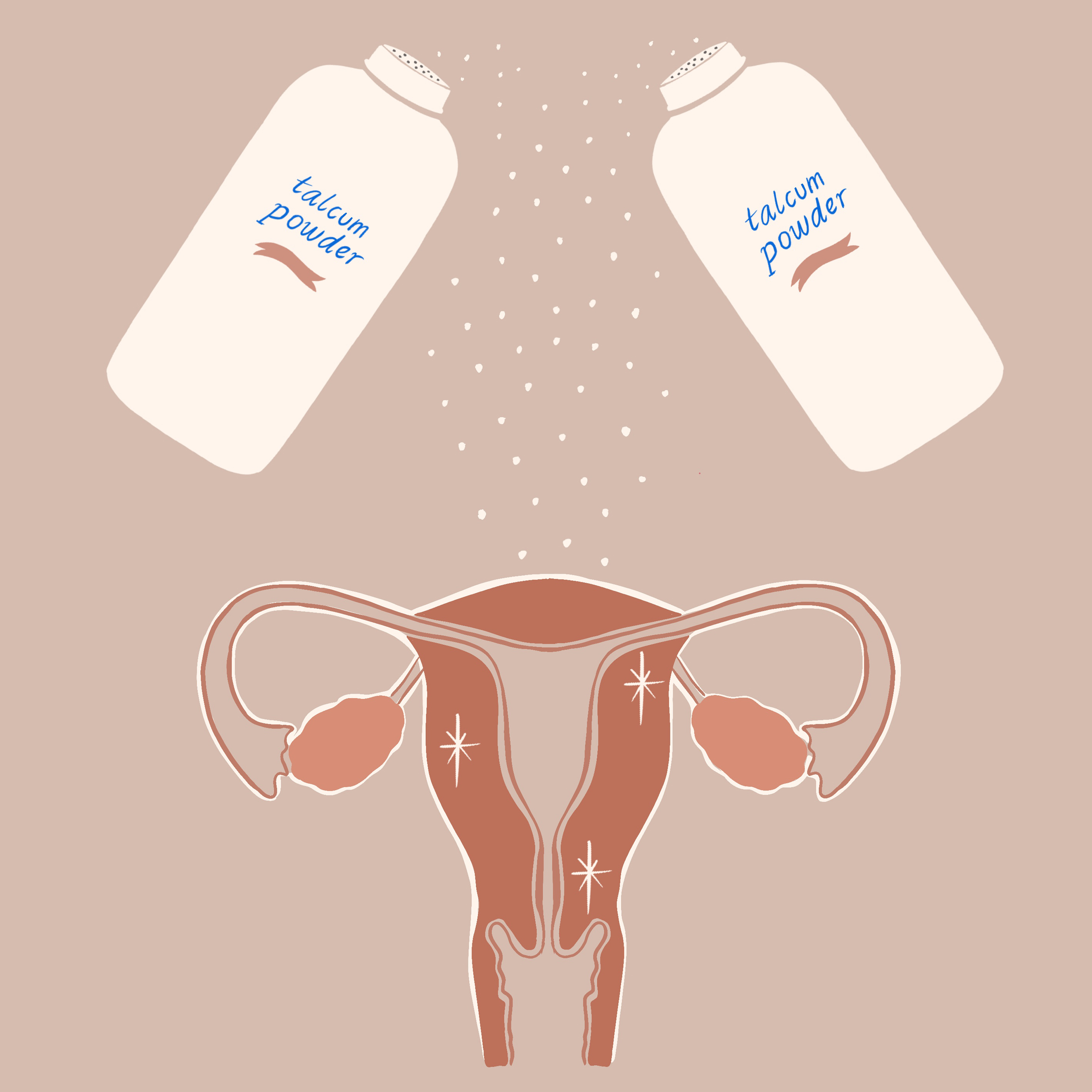The Food and Drug Administration in the Republic of the Philippines recently published a consumer warning about the potential risks posed by talcum in cosmetics. In the consumer advisory, the agency highlighted the necessity for talc to meet the labeling requirements issued by the ASEAN Cosmetic Directive (ACD).
Talcum, also known as talc, is a component of many cosmetics. It’s particularly used in powder-based products to absorb moisture and avoid caking. The ACD and EU Cosmetic Regulation permit the use of cosmetic grade talc in certain products, as long as it has been properly tested. Using industrial grade talc in cosmetics is prohibited.
Is there asbestos in talc?
The main concern is the risk of asbestos contamination in cosmetic grade talc products. Talcum and asbestos are both minerals, often found together naturally. Because asbestos is confirmed to be carcinogenic, talc inhalation is particularly dangerous to children.
“At present, talcum powders used in children must be labeled with a warning that states ‘Keep powder away from children’s nose and mouth’ to avoid inhalation,” according to the consumer advisory published on the Philippine FDA website. “This is in line with the product labeling requirements in the European Union (EU) and Canada.
An additional concern is the suspicion of a link between talc powder and ovarian cancer. Scientists such as Dr. Nakissa Sadrieh, Director of the U.S. Cosmetics Division of the FDA, have stated that the results of studies linking talc to ovarian cancer have been “inconclusive.” However, there have been multiple studies since the 1980s linking talc to ovarian cancer.
Certifying Cosmetic Grade Talc
The Philippine FDA has required any companies using talc in their products to send proof of certification that their product is asbestos free. For consumers, they have issued a reminder to keep talcum powder away from the mouth and noses of children. The FDA has also reached out to the Philippine Cancer Control Program of their Disease Control and Prevention Bureau (DCPB) to review “cancer registry relevant to .”
With these new measures, a safer space is made for consumers, especially for women and children.
